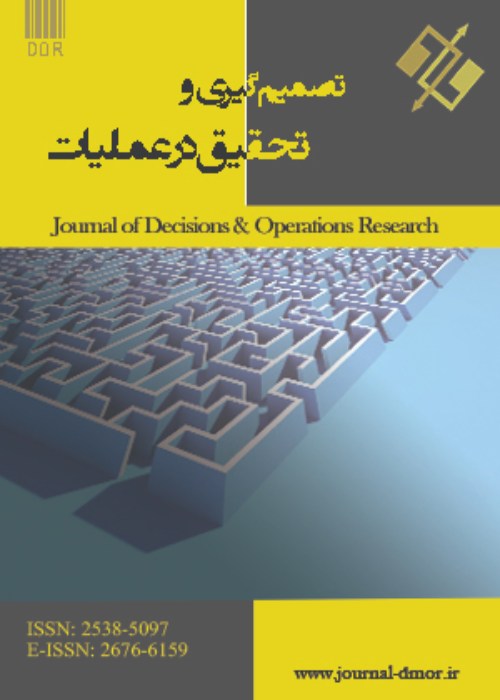Provide a reliable location-allocation model in the humanitarian supply chain network using combined transport and the application of feasibility-robust planning
The main challenge in devastating events such as the Kermanshah earthquake is the optimal location of humanitarian distribution centers, which plays an effective role in allocating relief shipments to demand centers. Therefore, balancing the complexity of the issue and the uncertainty with the constraints on aid scheduling and resource management is critical. In this regard, the location-allocation model has been developed by considering the reliability of the distribution hub set, which provides the possibility of dealing with impending disruptions after the crisis. The proposed model divides the affected area into several layers and simultaneously considers the capacity of the relief fleet. Also, a combined approach of fuzzy programming with chance constraints and robust programming has been developed to deal with parametric uncertainty.
With the thorough assessment of the disaster areas of Iran, a comprehensive model of the relief network was designed including strategic and temporary distribution hubs along with a wide range of factors and effective parameters. Subsequently, mathematical modeling was distributed by considering the reliability of the earthquake crisis distribution hub and relief according to the topography of the study area. Next, the Epsilon constraint method was applied to cover the multi-objective optimization problem and to determine non-dominant Pareto optimal solutions, and the mathematical combination of possibilistic-robust programming was used to deal with uncertainty.
The results show that the management of relief distribution and the development of strategic and operational levels of distribution based on the geographical classification of the affected area in critical conditions are effective in reducing network costs. The reliability policy used in the distribution hub set has improved the confidence capability of the humanitarian distribution network. Finally, the output results of the case study show the application and effectiveness of the extended relief network model.
Originality/Value:
The present study, as a decision support system, facilitates relief in the regions of the country in the event of a crisis. Predicting a reliable distribution hub set with a combined transportation approach appropriate to the topography of the region ensures the optimal implementation of relief operations. Also, the developed model is operational in the areas at risk of the country.
- حق عضویت دریافتی صرف حمایت از نشریات عضو و نگهداری، تکمیل و توسعه مگیران میشود.
- پرداخت حق اشتراک و دانلود مقالات اجازه بازنشر آن در سایر رسانههای چاپی و دیجیتال را به کاربر نمیدهد.



